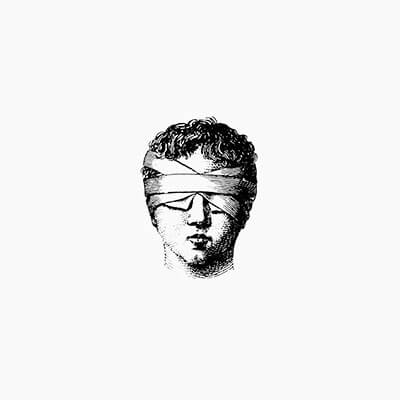
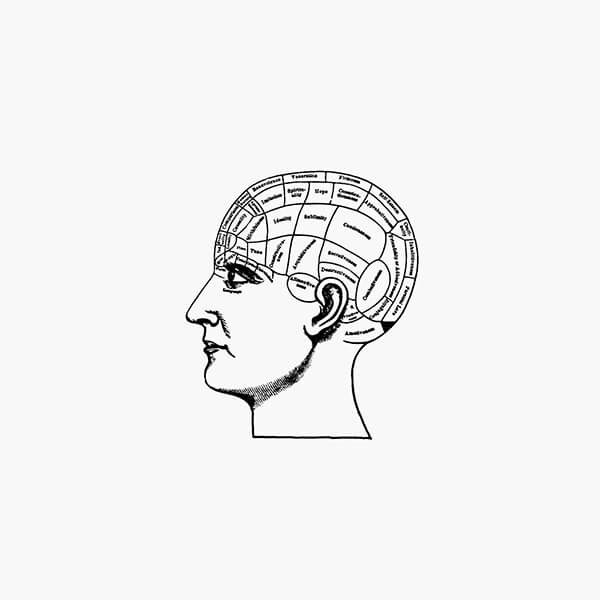

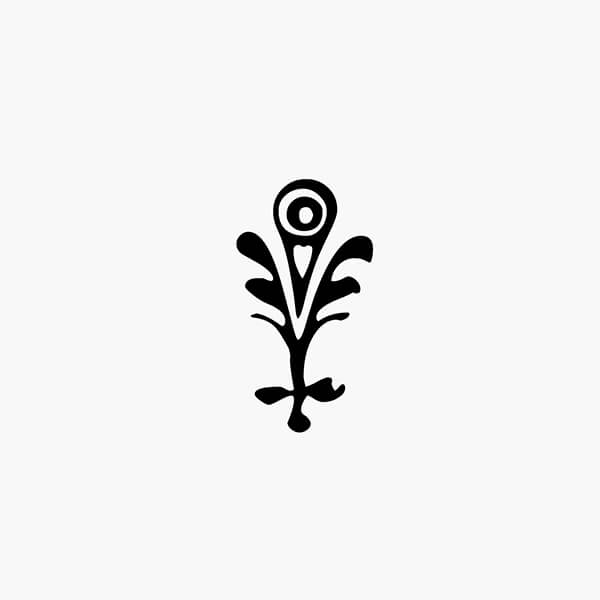

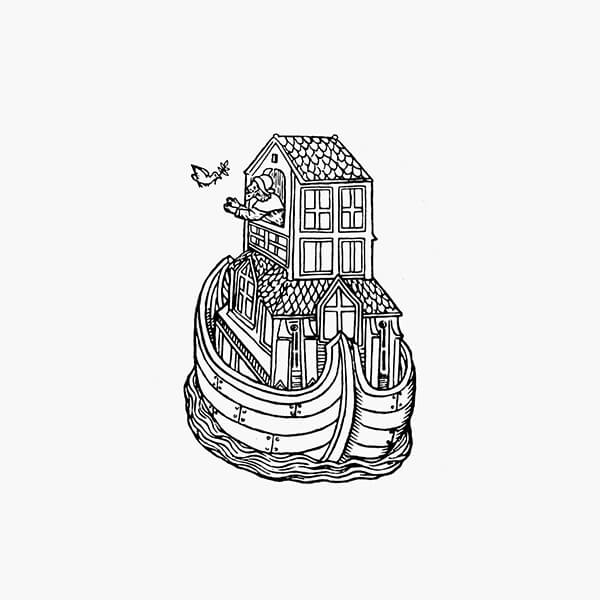
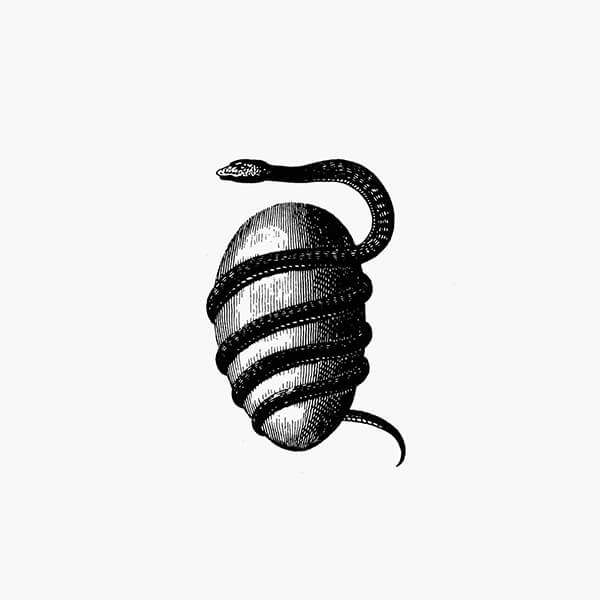
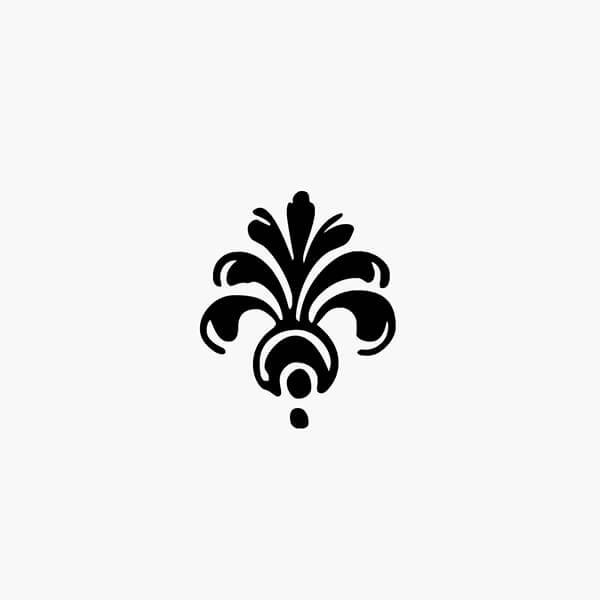

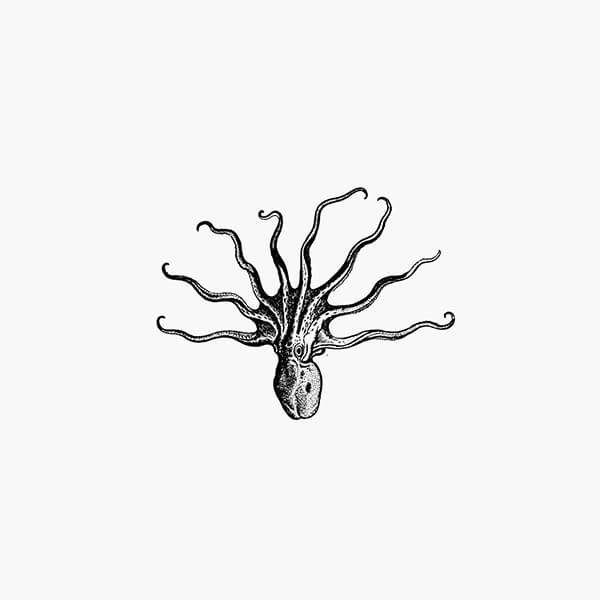



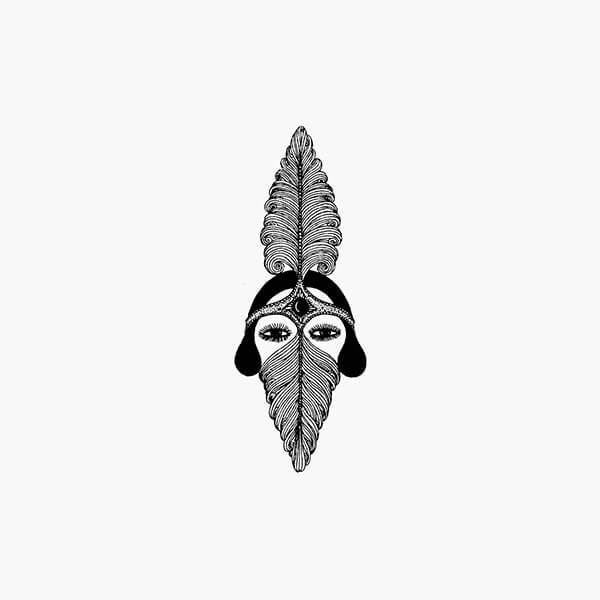


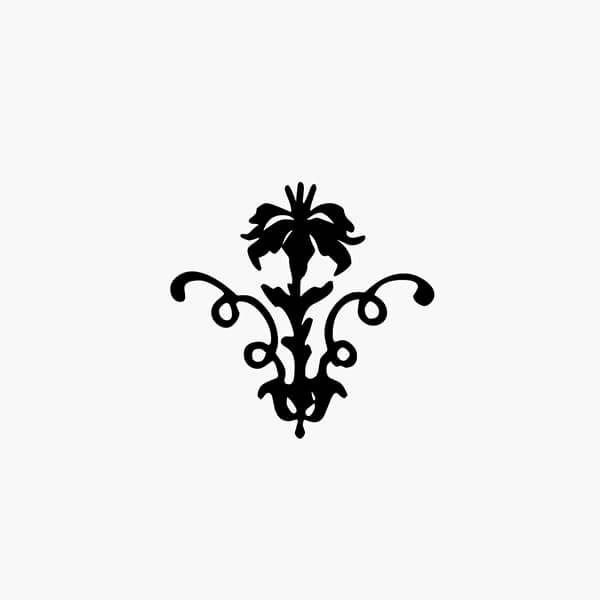


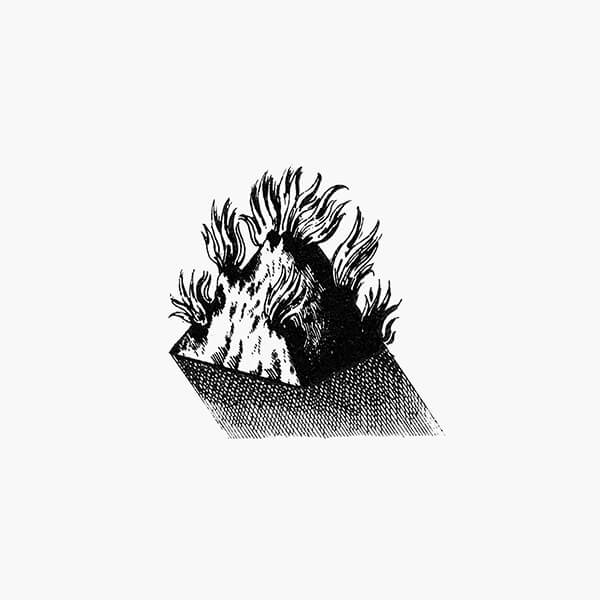
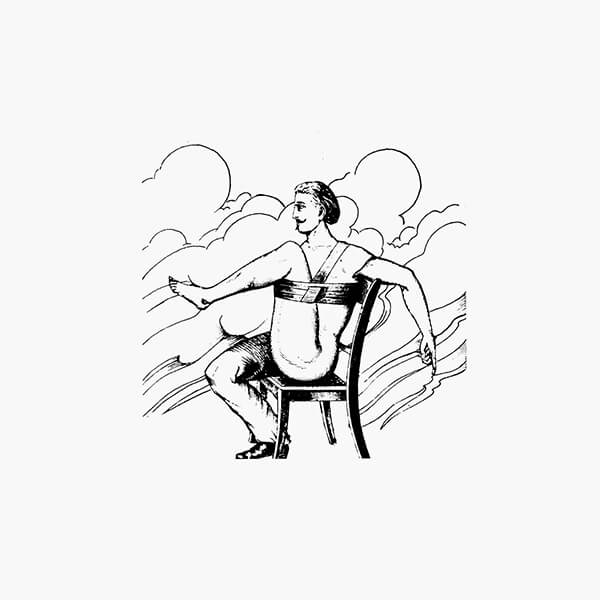

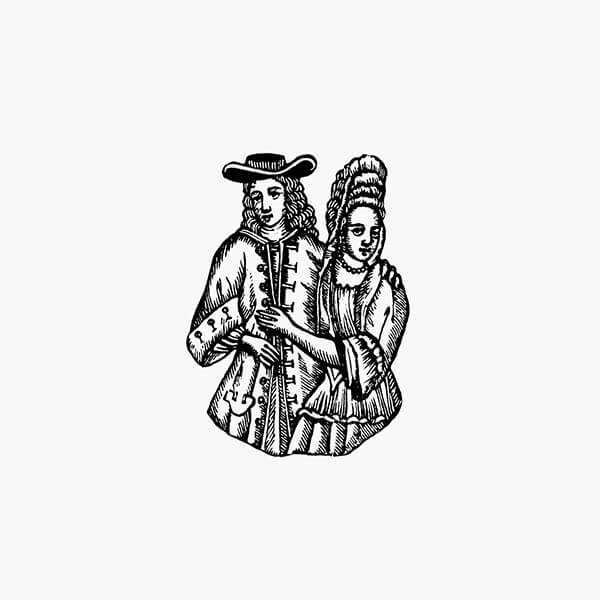
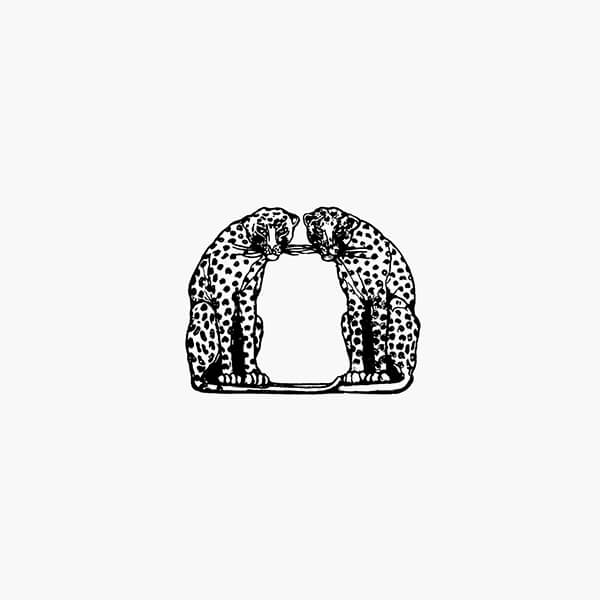

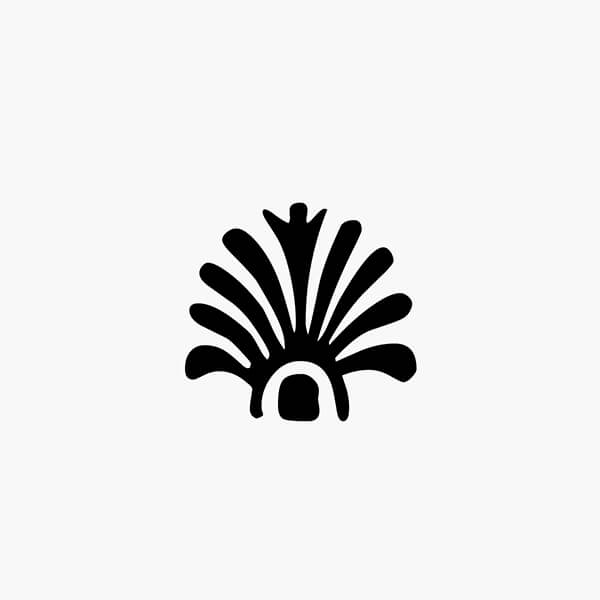


The Publisher
Franco Maria Ricci
Franco Maria Ricci (1937-2020) was an important publisher, bibliophile and art collector, and also the creative mind behind the Labirinto della Masone, the world’s largest maze, in Fontanellato, Italy.
He was born on December 2, 1937 in Parma, Italy, to Angelo Ricci, descendent of a noble Genoese family that had moved to the Emilian city, and Carolina Vitali. An only child, he spent the wartime years with his parents in an Apennine town called Monchio delle Corti.
After returning to Parma he attended a Jesuit school and the Romagnosi liceo classico. His father passed away in 1951. He earned a geology degree from the University of Parma and spent a period working for Gulf Oil, looking for oil in Turkey.
After returning to Parma he attended a Jesuit school and the Romagnosi liceo classico. His father passed away in 1951. He earned a geology degree from the University of Parma and spent a period working for Gulf Oil, looking for oil in Turkey.
1937-1960
1960-1970
Returning to Parma, he began working as a graphic artist. He exhibited his works (particularly company brands) on Fifth Avenue in New York together with Gae Aulenti, Pier Luigi Nervi and Marco Zanuso, and met artists from the Pop Art movement.
However, the experience destined to change the course of his life took place in Parma, in the halls of the Biblioteca Palatina: awaiting him there was Giambattista Bodoni with his stamps, his frontispieces, his margins, his alphabets.
Ricci fell in love with them.
In tribute to the ancient master he reprinted his Manuale Tipografico, the splendid primer that would inaugurate the catalogue of the publishing house Ricci had dreamed of opening. Moved by Pope Paul VI’s cry before the United Nations General Assembly, Jamais la guerre! Jamais la guerre!, Ricci decided to echo this sentiment by reprinting another Bodoni masterpiece, Oratio Dominica. This was the Lord’s Prayer in 155 ancient and modern languages.
Both the pope and UN Secretary-General U Thant signed copies of the Oratio, and Jacqueline Kennedy was guest of honor at the evening on which it was presented at the Grolier Club in New York.
With the publication Il Disertore in 1966 he launched the “Signs of Man” series, creating a new, original and unparalleled form of publishing. The sensual 17th-century and baroque aroma that emanated from the black-and-gold covers mets with a mix of astonishment, enthusiasm, clamor. The lettering was in Bodoni’s neoclassical typefaces, which from then on would be a distinctive mark of all the publisher’s activities.
Coming out a year later, the book Ligabue reaffirmed Ricci’s interest in artists who were ‘deserters’, asocial, capable of creating beauty amid material deprivation and mental anguish. Yet Tarocchi, which came out in 1969 and was dedicated to the tarot deck Bonifacio Bembo created for the Visconti family, introduced other suggestions; it was an invitation to attend court among late-Gothic ladies and knights, with text by Italo Calvino.
Ricci’s career as a collector also began. Among his first acquisitions were chryselephantine sculptures by Chiparus and other Deco artists, and works by Ligabue and Erté.
However, the experience destined to change the course of his life took place in Parma, in the halls of the Biblioteca Palatina: awaiting him there was Giambattista Bodoni with his stamps, his frontispieces, his margins, his alphabets.
Ricci fell in love with them.
In tribute to the ancient master he reprinted his Manuale Tipografico, the splendid primer that would inaugurate the catalogue of the publishing house Ricci had dreamed of opening. Moved by Pope Paul VI’s cry before the United Nations General Assembly, Jamais la guerre! Jamais la guerre!, Ricci decided to echo this sentiment by reprinting another Bodoni masterpiece, Oratio Dominica. This was the Lord’s Prayer in 155 ancient and modern languages.
Both the pope and UN Secretary-General U Thant signed copies of the Oratio, and Jacqueline Kennedy was guest of honor at the evening on which it was presented at the Grolier Club in New York.
With the publication Il Disertore in 1966 he launched the “Signs of Man” series, creating a new, original and unparalleled form of publishing. The sensual 17th-century and baroque aroma that emanated from the black-and-gold covers mets with a mix of astonishment, enthusiasm, clamor. The lettering was in Bodoni’s neoclassical typefaces, which from then on would be a distinctive mark of all the publisher’s activities.
Coming out a year later, the book Ligabue reaffirmed Ricci’s interest in artists who were ‘deserters’, asocial, capable of creating beauty amid material deprivation and mental anguish. Yet Tarocchi, which came out in 1969 and was dedicated to the tarot deck Bonifacio Bembo created for the Visconti family, introduced other suggestions; it was an invitation to attend court among late-Gothic ladies and knights, with text by Italo Calvino.
Ricci’s career as a collector also began. Among his first acquisitions were chryselephantine sculptures by Chiparus and other Deco artists, and works by Ligabue and Erté.
This decade was made distinctive by extensive travels, the development and definitive affirmation of the “Signs of Man” series, and the reprint of Diderot and d’Alembert’s Encyclopédie.
One day Ricci read something Drieu La Rochelle had said about an Argentine writer named Jorge Luis Borges: “Borges is worth the trip”. Ricci took his word for it, literally, and flew to Buenos Aires. The author of Ficciones and The Aleph became one of the publishing house’s main contributors.
The reprint of Encyclopédie took the entire decade. For the first time its twelve volumes of illustrations were fully reproduced, a magnificent visual guide to the artisanal techniques mankind had accumulated and perfected over the course of the centuries.
One day Ricci read something Drieu La Rochelle had said about an Argentine writer named Jorge Luis Borges: “Borges is worth the trip”. Ricci took his word for it, literally, and flew to Buenos Aires. The author of Ficciones and The Aleph became one of the publishing house’s main contributors.
The reprint of Encyclopédie took the entire decade. For the first time its twelve volumes of illustrations were fully reproduced, a magnificent visual guide to the artisanal techniques mankind had accumulated and perfected over the course of the centuries.
1970-1980
Here and there, he opened and decorated single-brand bookshops, offices and homes. He lavished the same care upon these locations as he did upon his books. He also found a friend who was worthy of inhabiting and overseeing these places; her name was Laura Casalis and she would become his wife.
1980
This was the pinnacle, the golden decade. In Italy in 1982 he published FMR – “The most beautiful magazine in the world”, or, as Fellini would call it, “The black pearl”.
This was a magazine worthy of collection, the natural development of Ricci’s activities as an art publisher. The topics – between four and six per issue – were presented as just as many books in nuce. The originality of its choices, the elegance of its livery, the quality of its texts quickly made it the world’s most widely distributed art magazine.
It set sail for America in 1984. With the slogan “Colombo cerca sponsor” (“Columbus seeks sponsors”) Ricci garnered the backing of industries and companies that saw FMR as a banner for Italian-made goods. The launch campaign in the U.S. won over 64,000 subscribers. The night of its presentation in New York was a triumph.
Meanwhile, Ricci created new series and extended his existing ones. At the beginning of the decade he came out with a strange yet successful cult work: The Codex Seraphinianus.
Alongside art books he created a purely literary dépendance: “the Library of Babel”, directed by Jorge Luis Borges.
A great number of works joined Ricci’s art collection, primarily portraits, plus a number of vanitases.
This was a magazine worthy of collection, the natural development of Ricci’s activities as an art publisher. The topics – between four and six per issue – were presented as just as many books in nuce. The originality of its choices, the elegance of its livery, the quality of its texts quickly made it the world’s most widely distributed art magazine.
It set sail for America in 1984. With the slogan “Colombo cerca sponsor” (“Columbus seeks sponsors”) Ricci garnered the backing of industries and companies that saw FMR as a banner for Italian-made goods. The launch campaign in the U.S. won over 64,000 subscribers. The night of its presentation in New York was a triumph.
Meanwhile, Ricci created new series and extended his existing ones. At the beginning of the decade he came out with a strange yet successful cult work: The Codex Seraphinianus.
Alongside art books he created a purely literary dépendance: “the Library of Babel”, directed by Jorge Luis Borges.
A great number of works joined Ricci’s art collection, primarily portraits, plus a number of vanitases.
While the four editions of FMR (Italian, French, English and Spanish) followed along their charted courses and the books catalogue was enriched with new titles, Ricci felt the need for something new.
The project took shape little by little. It entailed creating a maze that was also a museum, library, temporary exhibition venue and publishing workshop – a place that would represent and outlive him.
To finance the endeavor without running into debt he sold the publishing house, magazine and brand to Ittierre Holding.
Ricci would continue to head FMR until 2004, when the new ownership made him part from his creature. He signed his last editorial with a rose with broken petals.
Yet making books was a habit he couldn’t do without. Though at a gentler pace, he continued to produce editions with the Ricci Editore brand, books that were finely crafted in both appearance and content, and followed in the footsteps of historic series like Grand Tour and Quadreria.
In 2005 he was named Commandeur dans l’Ordre des Arts et Lettres, the highest form of cultural recognition granted by the French Republic.
The project took shape little by little. It entailed creating a maze that was also a museum, library, temporary exhibition venue and publishing workshop – a place that would represent and outlive him.
To finance the endeavor without running into debt he sold the publishing house, magazine and brand to Ittierre Holding.
Ricci would continue to head FMR until 2004, when the new ownership made him part from his creature. He signed his last editorial with a rose with broken petals.
Yet making books was a habit he couldn’t do without. Though at a gentler pace, he continued to produce editions with the Ricci Editore brand, books that were finely crafted in both appearance and content, and followed in the footsteps of historic series like Grand Tour and Quadreria.
In 2005 he was named Commandeur dans l’Ordre des Arts et Lettres, the highest form of cultural recognition granted by the French Republic.
1990-2010
2010-2020
While work on the Labyrinth continued, in 2011 he received from Gabriele Henkel the Kythera Award, which had previously been bestowed upon great intellectuals and creative minds the likes of Patrice Chéreau, Claudio Abbado, Renzo Piano and Claudio Magris. Important exhibitions dedicated to his books and art collection were held in Mexico and Portugal.
These were his final, arduous journeys. Parkinson had slowed his movements but was kind in that it did not hinder his spirit.
It was in this period that he reacquired the Franco Maria Ricci publishing house.
On May 28, 2015 the Labyrinth opened its gates to the public. Ricci was overjoyed.
He still had a dream: regaining the FMR brand and bringing his magazine back to life. In these years he also, sporadically, continued his activities as a designer by creating a number of logos, including those for “Parma: UNESCO City of Gastronomy“ and the Pinacoteca di Brera.
He continued to work and to instruct others – his wife, Laura Casalis; and young Edoardo Pepino – with whom the fate of the Labyrinth and the publishing house would be entrusted.
On a peaceful late-summer’s day, on September 10, 2020, after a luncheon in the shade of the trees, Franco Maria Ricci closed his eyes, never to open them again.
These were his final, arduous journeys. Parkinson had slowed his movements but was kind in that it did not hinder his spirit.
It was in this period that he reacquired the Franco Maria Ricci publishing house.
On May 28, 2015 the Labyrinth opened its gates to the public. Ricci was overjoyed.
He still had a dream: regaining the FMR brand and bringing his magazine back to life. In these years he also, sporadically, continued his activities as a designer by creating a number of logos, including those for “Parma: UNESCO City of Gastronomy“ and the Pinacoteca di Brera.
He continued to work and to instruct others – his wife, Laura Casalis; and young Edoardo Pepino – with whom the fate of the Labyrinth and the publishing house would be entrusted.
On a peaceful late-summer’s day, on September 10, 2020, after a luncheon in the shade of the trees, Franco Maria Ricci closed his eyes, never to open them again.